Are you passionate about making our city more bike-friendly? In this article, we'll explore a compelling proposal for enhancing urban cycling infrastructure that not only promotes sustainable transportation but also boosts public health and community engagement. By investing in safer bike lanes, secure parking, and accessible repair stations, we can transform our streets into vibrant spaces that encourage cycling for everyone. So, let's dive deeper into the details of this initiative and discover how we can pedal towards a greener future together!

Clear objective and purpose statement
Urban cycling infrastructure, such as dedicated bike lanes and secure parking facilities, aims to enhance transportation options in cities. Safety improvements, including separated paths and well-marked crossings, are crucial for reducing accidents. Increasing cycling accessibility encourages environmentally friendly commuting, contributes to reduced traffic congestion, and supports public health initiatives by promoting active lifestyles. Effective implementation in metropolitan areas, like New York City or Amsterdam, can drastically increase the number of cyclists, leading to an overall improvement in air quality. By investing in robust cycling infrastructure, cities can create a sustainable and resilient urban mobility system for residents.
Benefits of urban cycling infrastructure
Urban cycling infrastructure, such as dedicated bike lanes, bike-sharing programs, and secure parking facilities, significantly boosts community well-being and environmental sustainability. Enhancements in cycling infrastructure lead to a decrease in traffic congestion, particularly in densely populated cities like New York City and London, where commuter cycling rates increase by over 15% with improved facilities. Additionally, health benefits arise from increased physical activity, with studies indicating that daily cycling can reduce the risk of chronic diseases by up to 50%. Furthermore, cities investing in cycling infrastructure report lowered greenhouse gas emissions, contributing to global efforts against climate change and improving air quality. Economic returns also emerge; for instance, every mile of bike lane can generate significant revenue by attracting local businesses and fostering tourism. Overall, the development of urban cycling infrastructure is a catalyst for healthier, greener, and more economically vibrant communities.
Data and statistics supporting the proposal
The urban cycling infrastructure proposal underscores significant benefits supported by compelling data. Cities with robust cycling networks, like Copenhagen, witness a 62% increase in daily bicycle trips compared to those with limited infrastructure. This enhancement correlates with decreased traffic congestion, yielding an average of 20% reduction in vehicle emissions noted in urban areas, thus promoting cleaner air quality. Studies reveal that investments in cycling infrastructure, averaging $25 per square meter, lead to a 10% rise in local business revenues, as cyclists frequently shop close to their routes. Additionally, communities with dedicated bike lanes experience a 35% drop in serious accidents involving cyclists, enhancing public safety. With careful implementation, projected funding requirements stand at $500,000 for a pilot program over two years, promising sustainable urban mobility.
Environmental and economic impact
Urban cycling infrastructure significantly enhances both environmental sustainability and economic vitality in cities. By promoting cycling, cities can reduce greenhouse gas emissions, improving air quality and contributing to public health. For example, a 2018 study from the World Health Organization reported a 14% decrease in respiratory illnesses in areas with extensive cycling lanes. Increased cycling encourages local businesses, as cyclists tend to shop more frequently at neighborhood stores. Cities such as Amsterdam, known for its robust cycling network, experience an estimated economic boost of 28% from increased foot traffic. Additionally, investing in cycling infrastructure generates jobs, with the potential to create over 25,000 positions in public works and maintenance within the United States. Enhanced safety measures, including dedicated bike lanes and traffic calming zones, can decrease accident rates, making urban environments safer for all users.
Community and stakeholder support
Urban cycling infrastructure projects, such as dedicated bike lanes in cities like Portland or Amsterdam, rely heavily on community and stakeholder support. Active local organizations, including cycling advocacy groups like the League of American Bicyclists, play a crucial role in promoting safe biking environments. Public feedback from community meetings (often held at town halls or public parks) can influence city planners and policymakers to prioritize projects. Financial contributions from local businesses, as seen with partnerships in Copenhagen, further demonstrate the economic benefits of increasing cycling infrastructure. Successful initiatives often involve collaboration between city governments, transportation departments, and environmental non-profits, emphasizing the importance of community engagement to ensure lasting and effective urban cycling systems.

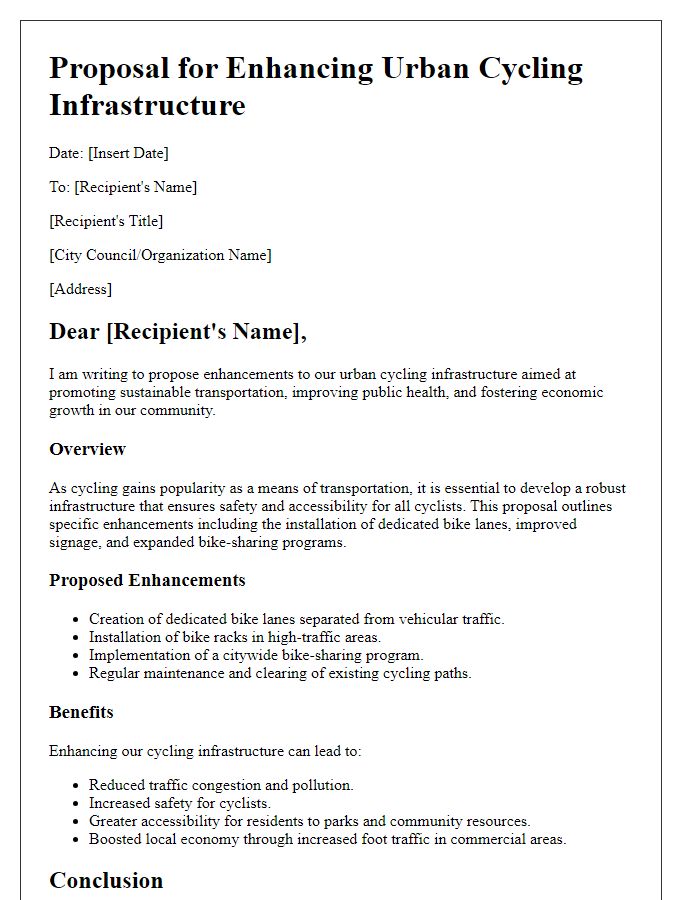

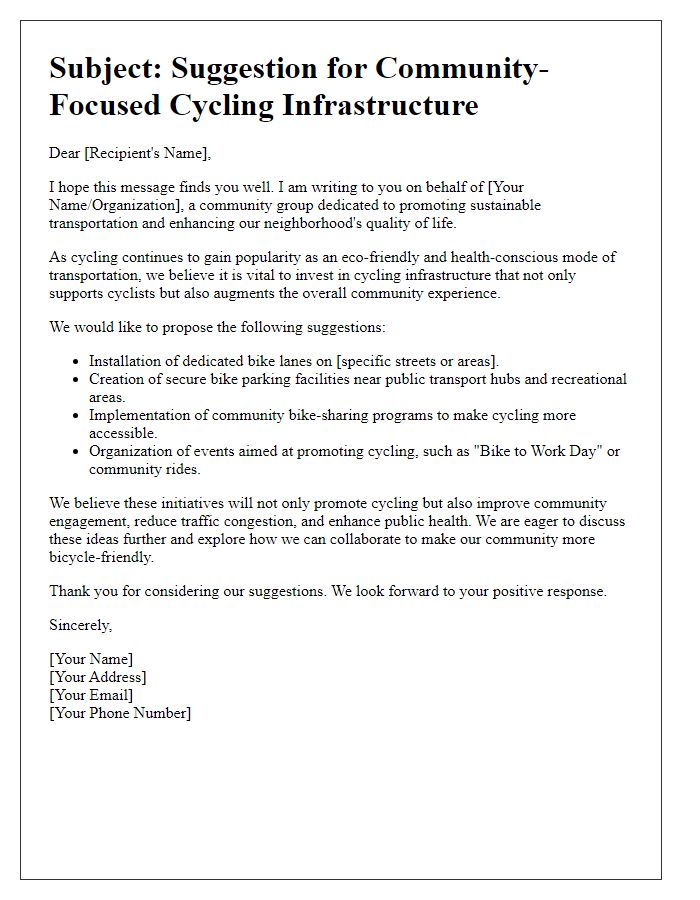
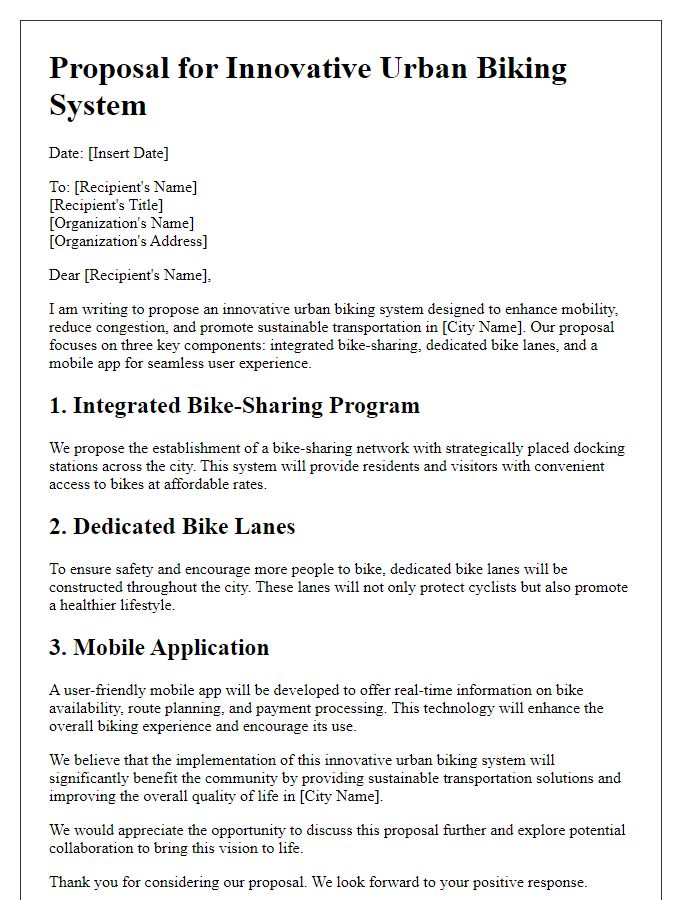

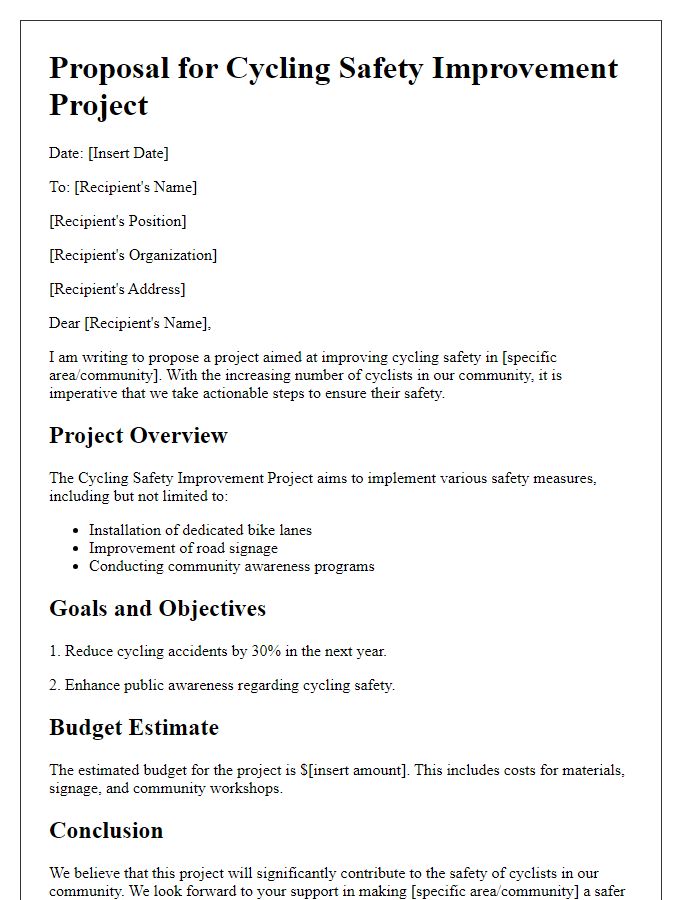
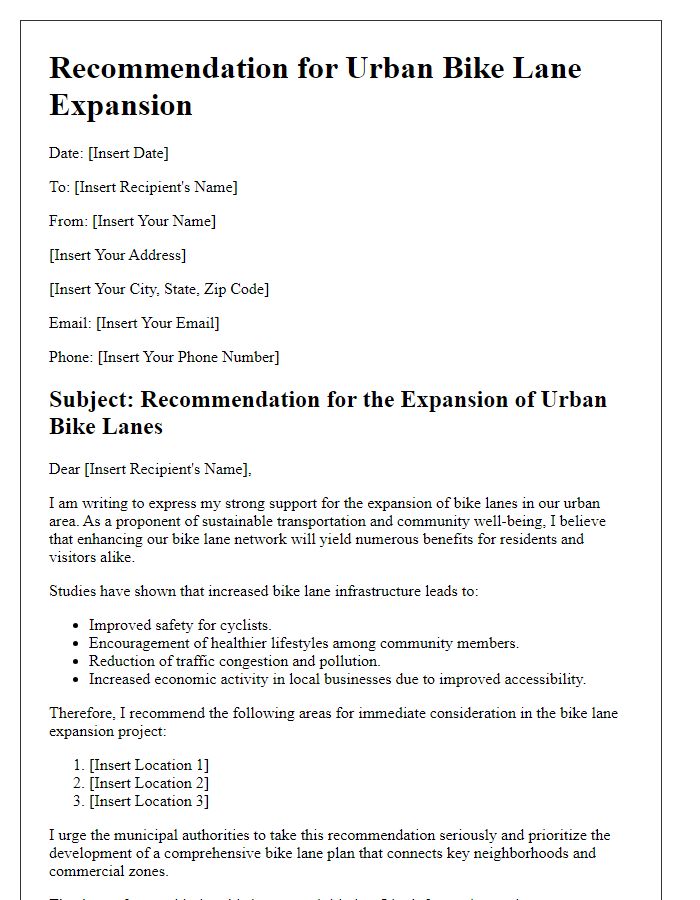

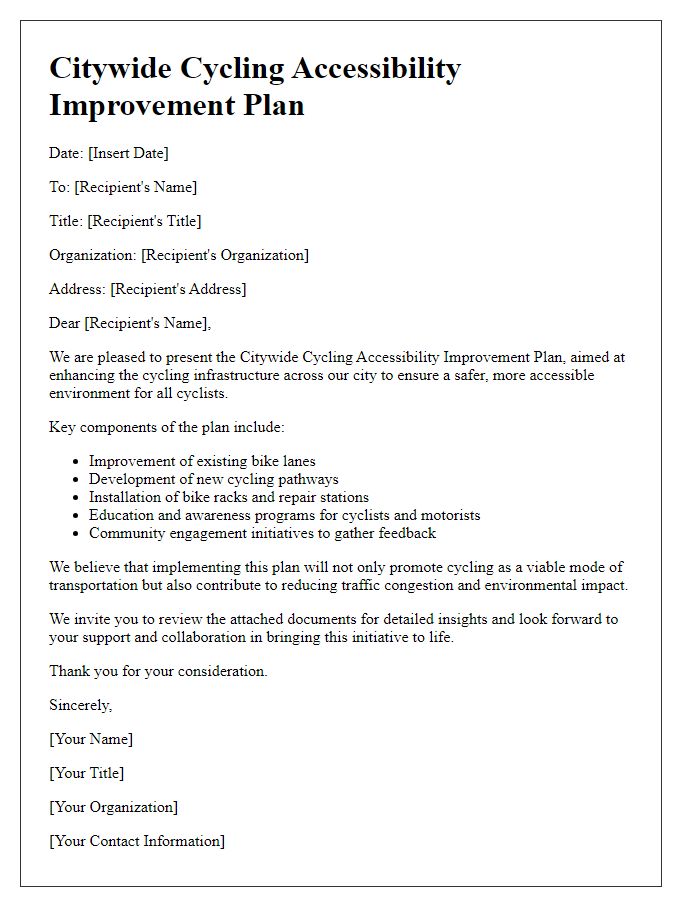
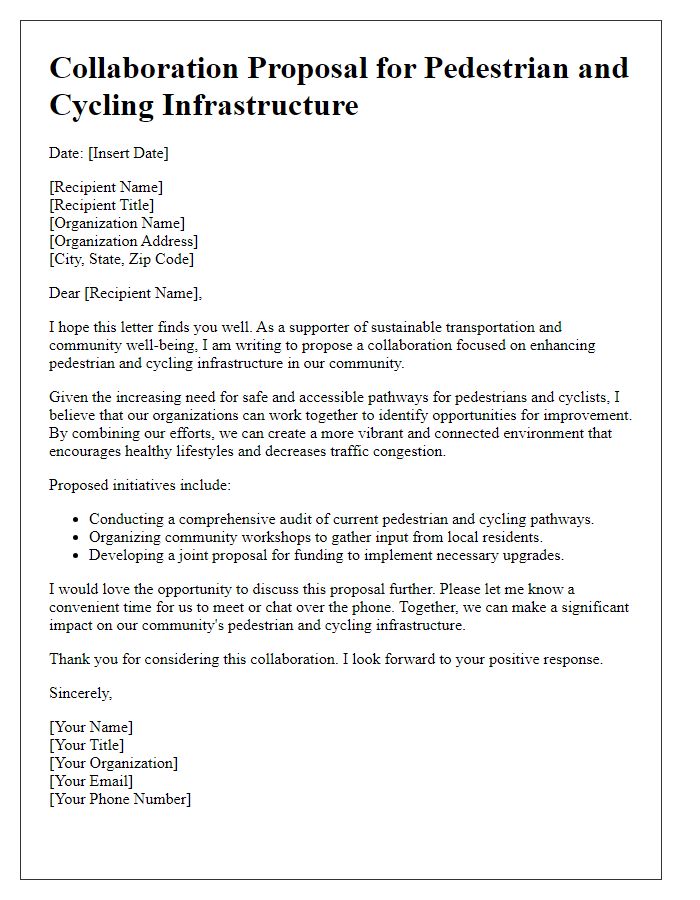





Comments